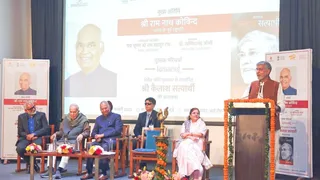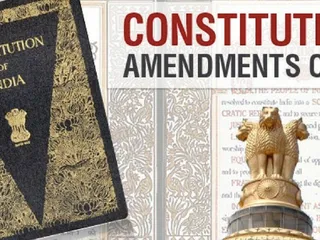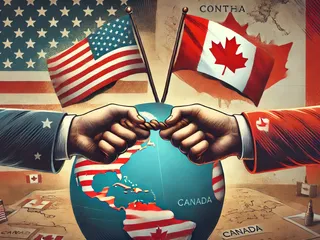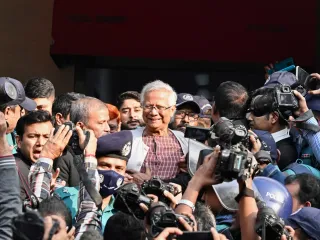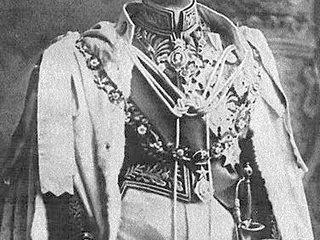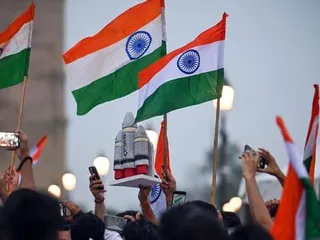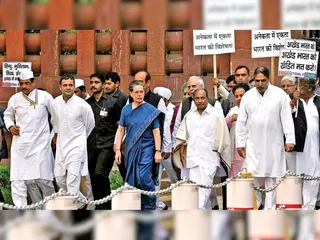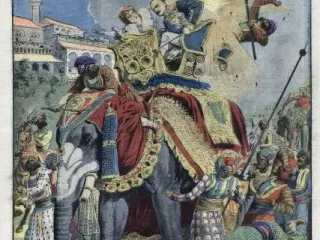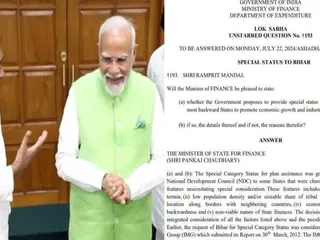The Gandhi-Irwin Pact, formally known as the Delhi Pact, was a landmark agreement signed on March 5, 1931, between Mahatma Gandhi, representing the Indian National Congress (INC), and Lord Irwin, the Viceroy of India. This pact marked a crucial turning point in the Indian struggle for independence, bringing a temporary end to the Civil Disobedience Movement and paving the way for the participation of the Congress in the Round Table Conferences.
The backdrop to this agreement was the intense Civil Disobedience Movement launched by Gandhi in 1930, beginning with the iconic Salt Satyagraha. The movement, marked by widespread non-violent civil resistance against British rule, significantly challenged the authority of the Raj. The Salt Satyagraha, in particular, resonated deeply with the Indian populace, exposing the inherent injustice of the British salt tax and mobilizing millions in acts of defiance.
Negotiations leading to the pact were fraught with tension and involved significant concessions from both sides. Gandhi's unwavering commitment to non-violence and his ability to mobilize mass support placed immense pressure on the British government. Lord Irwin, initially resistant, recognized the need to address the growing unrest and prevent further escalation. The pact, therefore, represented a pragmatic attempt to de-escalate the situation and find a path towards a resolution.
The key provisions of the Gandhi-Irwin Pact included the release of political prisoners involved in the Civil Disobedience Movement (excluding those convicted of violence), the withdrawal of certain ordinances related to the suppression of the movement, and permission for the Congress to participate in the forthcoming Round Table Conferences in London. In return, Gandhi agreed to suspend the Civil Disobedience Movement.
The pact, however, was not without its critics. Many within the Congress felt it conceded too much to the British, while some hardliners within the British administration viewed it as a sign of weakness. Furthermore, the Round Table Conferences ultimately proved disappointing for the Congress, failing to deliver on promises of substantial self-government.
Despite these limitations, the Gandhi-Irwin Pact holds significant historical importance. It demonstrated the potential of non-violent mass mobilization to exert pressure on the colonial power and secure concessions. It also highlighted Gandhi's strategic acumen in balancing negotiation with civil disobedience. The pact, while a temporary truce, undeniably altered the political landscape of India, making the movement's goal of independence a more tangible reality and laying the groundwork for future struggles. The pact showed that even during intense political conflict, pathways for dialogue and compromise exist, shaping the future of India's independence movement.
In conclusion, the Gandhi-Irwin Pact stands as a complex and multifaceted event in Indian history. Its legacy is one of both progress and compromise, demonstrating both the potential and limitations of negotiation in the face of colonial oppression. Its importance lies not just in its immediate impact, but in the way it shaped the trajectory of India's struggle for independence in the years to come.



